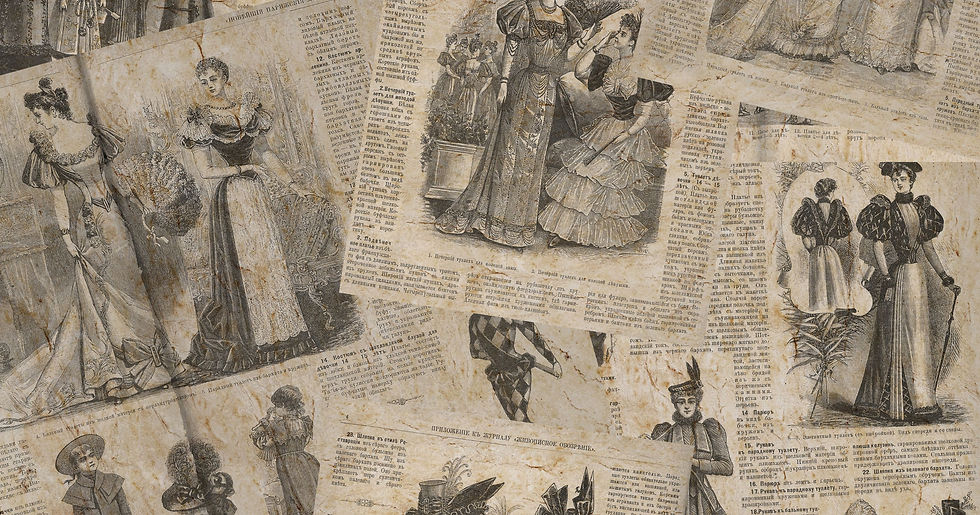ASSESSING CREATIVITY IN FASHION DESIGN EDUCATION
- Raffles Kuala Lumpur

- Sep 18
- 2 min read
Abstract
Creativity is widely recognized as central to fashion design, yet its assessment within higher Education remains complex. Unlike technical competencies, which can be measured against objective standards, creativity is multifaceted, subjective, and influenced by cultural and personal perspectives. This paper examines the challenges of evaluating creativity in fashion design education and proposes a balanced approach that integrates rubrics, process-based assessment, and reflective practices. By recognizing creativity as both process and product, educators can foster innovation while maintaining transparency and fairness in evaluation.
Introduction
Creativity is not just a component, but the cornerstone of fashion design, shaping how ideas evolve from concepts into garments that express identity, culture, and innovation. Its assessment within educational contexts presents significant challenges, but its importance cannot be overstated. While technical proficiency may be evaluated objectively, creativity is more fluid and resists rigid measurement. This raises critical questions for fashion educators: How can creativity be defined in design education, and what strategies allow for fair and meaningful assessment?
Defining Creativity in Fashion Design
Creativity in fashion extends beyond aesthetics to include originality, problem-solving, and the translation of abstract ideas into tangible outcomes. It can be understood as both a process, encompassing research, ideation, and experimentation, and a product, expressed in the final garment or collection. Viewing creativity through this dual lens provides a comprehensive foundation for evaluation, ensuring a thorough and fair assessment process.
Challenges in Assessment
The primary challenge lies in striking a balance between subjectivity and objectivity. An overly rigid assessment risks discouraging experimentation, while purely subjective judgments can undermine transparency and credibility. Moreover, cultural and stylistic biases may influence evaluators’ perceptions of originality, raising concerns about fairness in multicultural classrooms. It is essential to address these biases and ensure that the assessment process is fair and objective, regardless of cultural or stylistic preferences.
Approaches to Assessing Creativity
Rubrics are widely used to provide structure, breaking creativity into assessable dimensions such as originality, technical execution, relevance, and risk-taking. However, research suggests that focusing solely on outcomes may overlook essential aspects of creative development. Incorporating process-oriented methods, such as evaluating sketchbooks, portfolios, and iterative prototypes, captures the evolution of ideas. Additionally, peer and self-assessment play a crucial role in assessing creativity. They encourage reflection, enhance critical awareness, and expose students to diverse understandings of creativity, thereby fostering a more comprehensive and nuanced evaluation process.
Conclusion
Assessing creativity in fashion design education necessitates an approach that strikes a balance between flexibility and rigor. By combining rubrics with process-based assessment and reflective practices, educators can create transparent frameworks that nurture student innovation without imposing stylistic conformity. This balanced approach is crucial to ensure fairness and transparency in the assessment process. Ultimately, assessment should aim not to grade taste, but to support the development of imaginative, adaptable designers prepared to contribute to the evolving fashion industry.
Anna YU
Fashion Design Programme Director













Comments